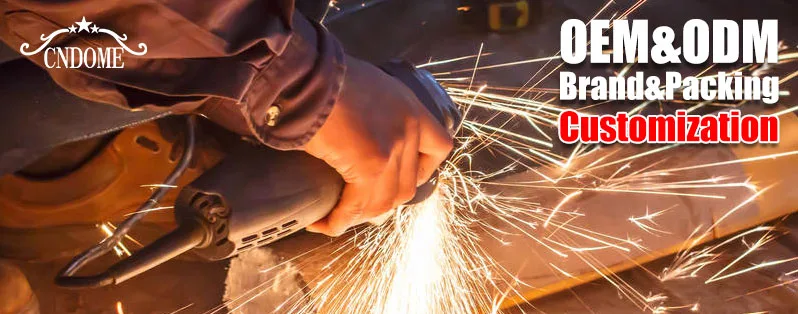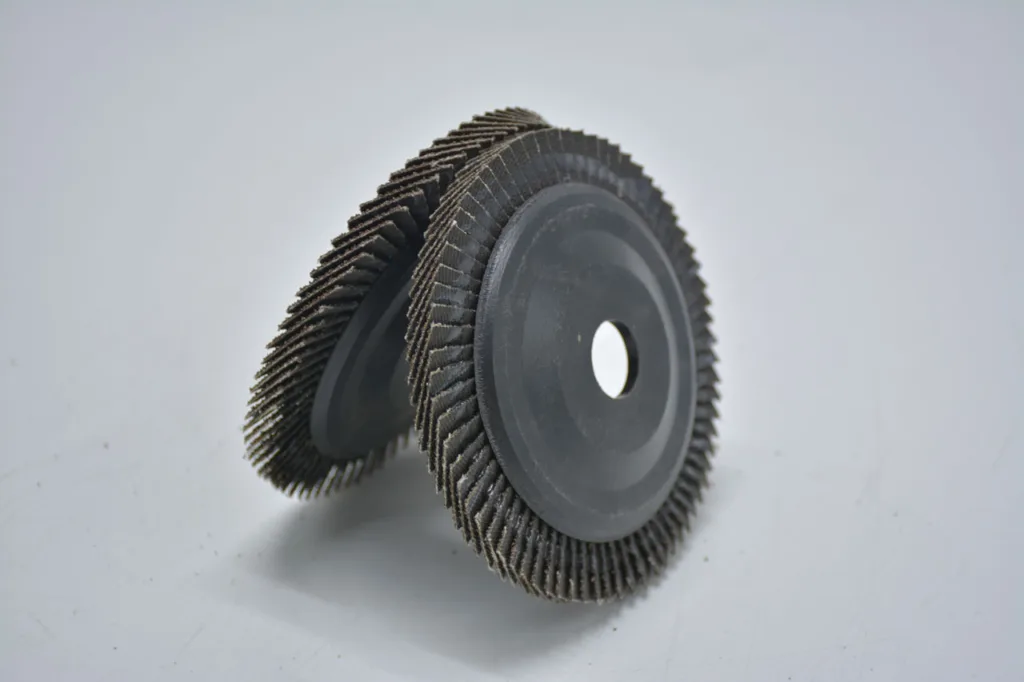In the intricate web of international trade, every product has its unique classification under the Harmonized System (HS) code. Flap discs, versatile tools widely used in metalworking and fabrication, are no exception. Let’s embark on a journey to uncover the HS code for flap discs and understand its implications in the realm of global commerce.
Unveiling Flap Discs: A Versatile Tool
Flap discs are innovative abrasive tools used for grinding, blending, and finishing various materials, including metal, wood, and plastics. Composed of abrasive flaps arranged radially around a central hub, these discs offer flexibility, durability, and superior performance compared to traditional grinding wheels. Their versatility makes them indispensable in industries ranging from construction and automotive to aerospace and beyond.
The Harmonized System (HS) Code
At the heart of international trade lies the Harmonized System (HS), a globally standardized system for classifying traded products. Developed and maintained by the World Customs Organization (WCO), the HS assigns a unique code to each product, facilitating uniformity in customs procedures, tariffs, and statistical analysis across borders.
HS Code for Flap Discs
Flap discs fall under the broader category of abrasive articles in the Harmonized System. The specific HS code for flap discs is typically found within Chapter 68, which covers “Articles of Stone, Plaster, Cement, Asbestos, Mica, or Similar Materials.” More precisely, flap discs are classified under subheading 6805.30. The HS code may vary slightly based on factors such as abrasive material, backing material, size, and intended use.
Factors Affecting Classification
While the general category for flap discs is straightforward, several factors can influence their classification under the HS code. These include:
- Abrasive Material: Flap discs can be coated with various abrasive materials, such as aluminum oxide, zirconia alumina, ceramic alumina, or silicon carbide. The type of abrasive affects the classification within the HS system.
- Backing Material: The backing material of flap discs can vary, including fiberglass, plastic, or metal. The composition of the backing material may impact the classification under specific HS codes.
- Size and Specifications: Flap discs come in a variety of sizes, grits, and configurations to suit different applications. These specifications can influence their classification within the HS system.
Trade Implications
Understanding the HS code for flap discs is crucial for importers, exporters, and customs authorities alike. Accurate classification ensures compliance with trade regulations, determines applicable tariffs and duties, and facilitates seamless cross-border transactions. Misclassification can lead to delays, penalties, and disputes, highlighting the importance of thorough knowledge and adherence to HS codes.
Conclusion
Flap discs epitomize innovation and efficiency in abrasive technology, serving as indispensable tools across various industries. Their classification under the HS code provides a standardized framework for international trade, ensuring smooth and efficient commerce on a global scale. By decoding the HS code for flap discs and understanding its implications, businesses can navigate the complexities of international trade with confidence, fostering growth and prosperity in an interconnected world.



